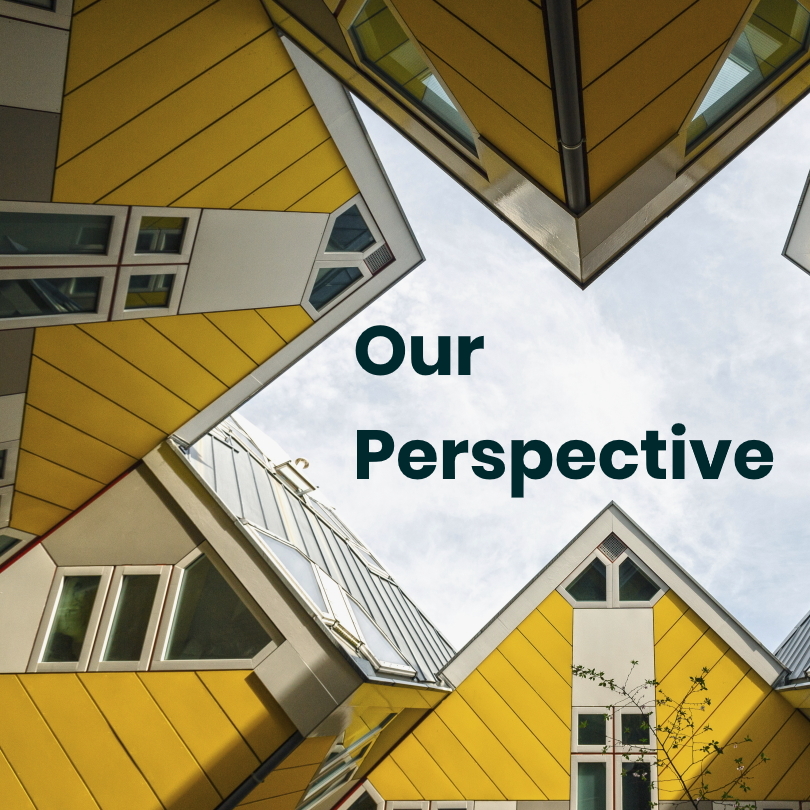In recent years, the terms ‘sustainable’, ‘eco-friendly’ and ‘green’ have been thrown around carelessly as catch-all definitions. This has resulted in confusion about how we evaluate the sustainability credentials of any business, product or initiative.
With Heating, Ventilation and Air Conditioning solutions (HVAC), when we say sustainable, we mean both the impact of a product in its development phase, and during its lifetime of use. This means we need to find a way of evaluating the true impact on people and the environment.
Our Commitment
We are assessing our products and solutions on a life-cycle basis, measuring the impact on the environment from the moment they are extracted as natural resources, to when they are disposed of, or reach end of life.
The design stage is key. Everything is determined here: which materials are used, how they are produced, how they are used and how they are disposed of. This is when our impact can be minimised.
The materials we use are critical. Our products contain high impact materials because they enable the most efficient climate performance. This doesn’t mean there aren’t opportunities to focus on sustainability in the supply chain.
Adopting a Lifecycle Approach to our products and solutions
We are applying circular design principles to all new products. This means that end-of-life and material efficiency are made a priority at the design stage.
We will be publishing Product Environmental Profiles (also known as Environmental Product Declarations or EPDs) for all new products by 2025. These certified statements about a product’s lifecycle environmental impact enable buildings to meet sustainability standards such as LEED v4 and other green building rating systems.
Comparing like with like
Assessing the lifecycle impact of a product isn’t easy. There are multiple factors to take into consideration, and as each methodology varies, it can be impossible to compare products accurately. Furthermore, our products differ from market to market and from project to project, adding another layer of complexity.
So, we are investing in end-to-end solutions which permit the measurement of whole HVAC solutions, rather than the component parts, and make it easier to compare products by providing consistent, reliable and transparent environmental data.
Product Design and Development
We aim to be leaders in energy efficient HVAC solutions, and we already focus on sustainability at the development stage of every new product.
The EU Ecodesign Directive requires manufacturers of energy consuming products to design with energy efficiency in mind, and we are committed to this. Specific regulations and standards for HVAC appliances include the use of stand-by mode, weekly average consumption levels and even open window detection, and these all form part of our design process. There are often compromises to be made. For example, a thinner product may require less material, but need more energy to be moulded. So design and development plays a critical role in getting things right from the start.
Social sustainability
Social sustainability considers the social impact of products, such as how inclusive they are. We want to ensure that all our HVAC solutions are accessible for customers with disabilities, and there is still work to do on this.
Towards more sustainable materials
Unfortunately, the materials we rely on to ensure the quality of our products have a high environmental impact. Steel and plastic in particular are both responsible for high Green House Gas emissions.To mitigate this, we are identifying how we can source ‘green’ steel, which is steel with less embodied carbon. We are also using more recycled and recyclable materials, both in our products and our packaging. We have invested in biodegradable packaging to further reduce the footprint of the waste we produce.
The Supply Chain Challenge
We have started a process to trace key materials back through the supply chain to their source. This will enable us to source responsibly and meet sustainability standards. However, the complexity of our supply chain means it has not yet been possible to trace materials further back than our Tier 2 suppliers, and we have been unable to establish the full environmental and social risks back to source. We are pursuing the process of bringing transparency to the supply chain while at the same time seeking out innovative solutions to reduce the impact of the materials we use.



